| Structure | Name/CAS No. | Articles |
|---|---|---|
 |
Ascorbic acid
CAS:50-81-7 |
|
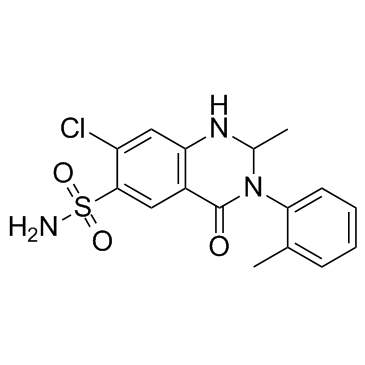 |
Metolazone
CAS:17560-51-9 |
|
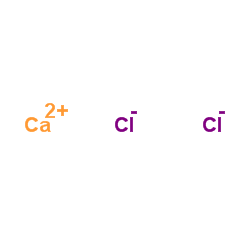 |
Calcium chloride
CAS:10043-52-4 |
|
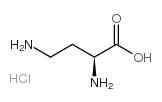 |
H-Dab.HCl
CAS:1482-98-0 |
|
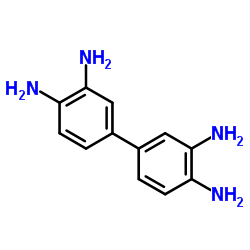 |
3,3'-diaminobenzidine
CAS:91-95-2 |
|
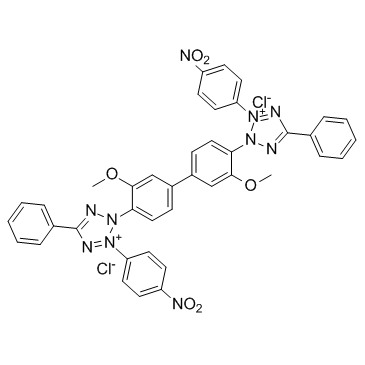 |
NBT
CAS:298-83-9 |
|
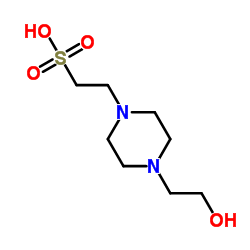 |
HEPES
CAS:7365-45-9 |
|
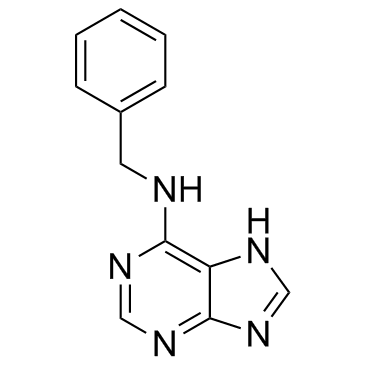 |
6-Benzyladenine
CAS:1214-39-7 |
|
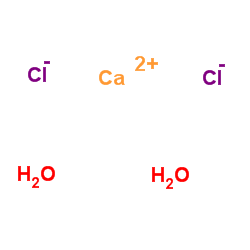 |
calcium chloride dihydrate
CAS:10035-04-8 |
|
 |
7-Aminoactinomycin D
CAS:7240-37-1 |